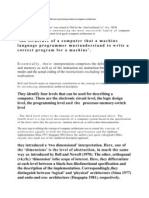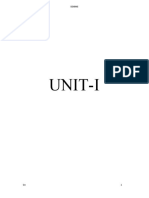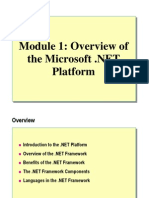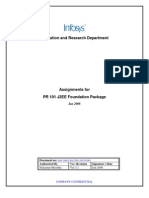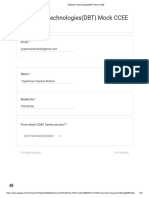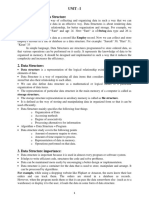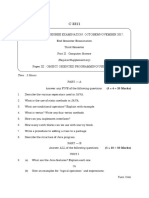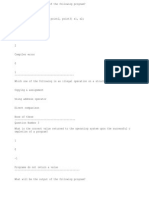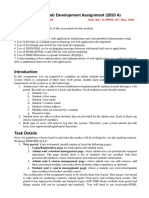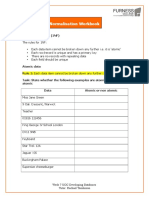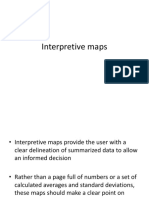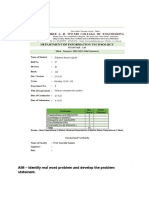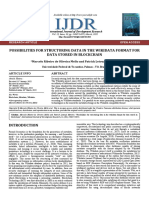0% found this document useful (0 votes)
287 views83 pagesIntroduction of DBMS
This document outlines the syllabus for the DSC 303 Paper Code course. The course covers basic concepts of database management systems including the relational and ER models, database integrity and normalization, file organization, SQL, transactions and concurrency, database recovery and security, distributed and client server databases, and advanced topics. The syllabus is divided into 5 units covering these concepts and includes a lab component involving SQL queries.
Uploaded by
Om Prakash YadavCopyright
© © All Rights Reserved
We take content rights seriously. If you suspect this is your content, claim it here.
Available Formats
Download as PPTX, PDF, TXT or read online on Scribd
0% found this document useful (0 votes)
287 views83 pagesIntroduction of DBMS
This document outlines the syllabus for the DSC 303 Paper Code course. The course covers basic concepts of database management systems including the relational and ER models, database integrity and normalization, file organization, SQL, transactions and concurrency, database recovery and security, distributed and client server databases, and advanced topics. The syllabus is divided into 5 units covering these concepts and includes a lab component involving SQL queries.
Uploaded by
Om Prakash YadavCopyright
© © All Rights Reserved
We take content rights seriously. If you suspect this is your content, claim it here.
Available Formats
Download as PPTX, PDF, TXT or read online on Scribd
/ 83










